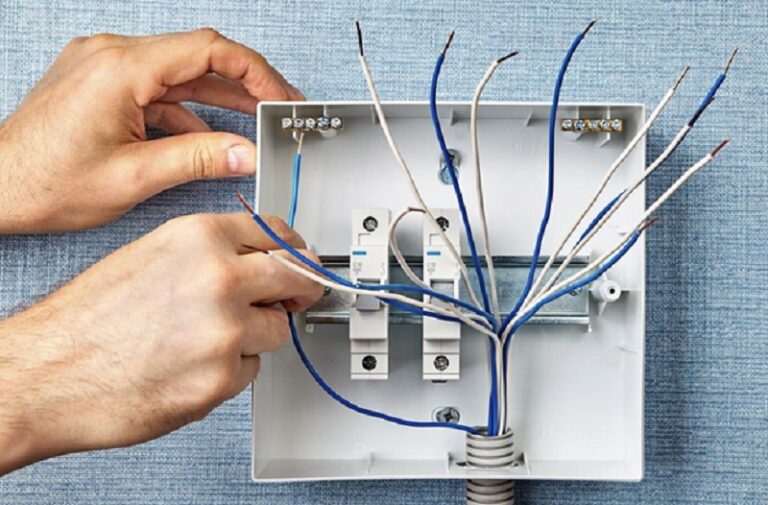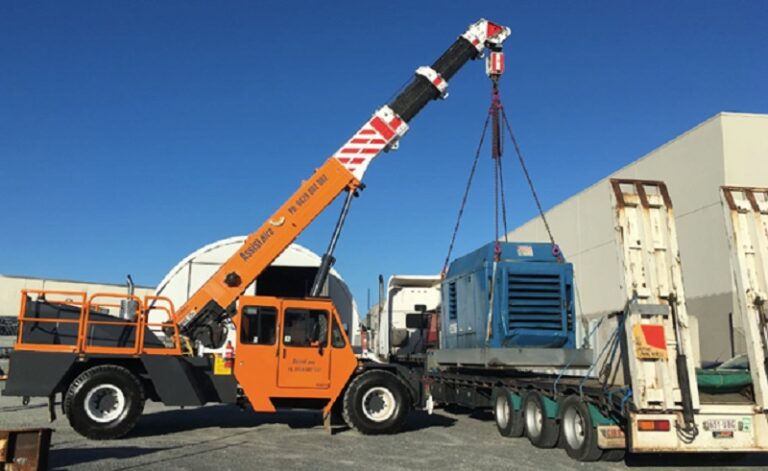
Firefighters rely on their gear and personal protective equipment (PPE) to keep them safe while battling blazes and responding to emergencies. Proper handling and maintenance of firefighting equipment and PPE are essential to ensure they remain in optimal condition and provide effective protection. In this article, we’ll discuss the best practices for handling and maintaining firefighting gear and PPE to maximise their lifespan and effectiveness.
Firefighting Equipment and PPE
Firefighting equipment encompasses a wide range of tools and apparatuses used by firefighters to extinguish fires and perform rescue operations. It includes hoses, nozzles, axes, and thermal imaging cameras, among others. Firefighting PPE, on the other hand, refers to the protective clothing and gear worn by firefighters to shield them from heat, flames, smoke, and other hazards encountered in firefighting scenarios. Common types of firefighting PPE include turnout gear, helmets, gloves, boots, and self-contained breathing apparatus (SCBA).
Proper Handling of Firefighting Equipment
When handling fire fighting equipment, firefighters should always prioritise safety and caution. It involves inspecting equipment before and after use to ensure it is in good working condition and free from damage or defects. Firefighters should also familiarise themselves with the proper operation and maintenance procedures for each piece of equipment to avoid misuse or accidents. Additionally, firefighters should store equipment in designated compartments or storage areas to prevent damage and ensure easy access during emergencies.
Maintenance of Firefighting Gear and PPE
Regular maintenance is essential to keep firefighting gear and PPE in optimal condition and prolong their lifespan. It includes cleaning, inspecting, and testing equipment on a routine basis to identify any issues or wear and tear. Firefighters should follow manufacturer guidelines and recommendations for maintenance procedures and intervals to ensure compliance with safety standards and regulations. Any damaged or malfunctioning equipment should be promptly repaired or replaced to prevent compromise of safety and effectiveness.
Cleaning and Decontamination Procedures
Proper cleaning and decontamination of firefighting gear and PPE are critical to remove harmful contaminants and prevent cross-contamination. Firefighters should follow established cleaning protocols and use appropriate cleaning agents and disinfectants to sanitise gear after each use. It is particularly important for PPE that may come into contact with hazardous materials or biological contaminants. Regular decontamination procedures help reduce the risk of exposure to carcinogens, toxins, and pathogens that can pose serious health risks to firefighters.
Storage and Inspection Practices
Storing firefighting gear and PPE properly is essential to maintain their integrity and functionality. Firefighters should store gear in well-ventilated areas away from direct sunlight, heat sources, and moisture to prevent degradation and mould growth. Gear should be hung or stored in designated racks to allow for air circulation and prevent creasing or distortion. Regular inspections should be conducted to check for signs of damage, deterioration, or wear, and any issues should be addressed promptly to ensure gear remains in serviceable condition.
Training and Education
Proper handling and maintenance of firefighting gear and PPE require ongoing training and education for firefighters. Training programs should include instruction on equipment operation, maintenance procedures, and safety protocols to ensure that firefighters are equipped with the knowledge and skills needed to care for their gear effectively. Additionally, firefighters should receive regular updates and refresher courses to stay informed about new technologies, best practices, and regulations related to firefighting equipment and PPE.
Conclusion: Ensuring Firefighter Safety and Effectiveness
Proper handling and maintenance of firefighting gear and PPE are essential components of firefighter safety and effectiveness. By following best practices for handling, cleaning, maintenance, and storage, firefighters can ensure that their gear remains in optimal condition and provides reliable protection during emergency operations. Training and education play a crucial role in equipping firefighters with the knowledge and skills needed to care for their gear effectively. By prioritising safety and compliance with established protocols, firefighters can maximise the lifespan and effectiveness of their firefighting equipment and PPE, ultimately enhancing their ability to respond to emergencies and protect lives and property.

For comprehensive firefighting equipment and PPE training courses, contact COSEM today.






